The Exquisite Rewards of Discomfort
Don't Be AverageBear with me here.
Probably the only worthwhile thing to come out of the whole "Biggest Loser" TV series was a quote by a lady who did'nt win. She said something along the lines of,
"I learnt that I was too easy on myself. I learnt that I could push myself much harder than I previously thought possible."
Most people, particularly in the Western world, have never done anything really difficult. In fact I will be so bold as to say, they never have and never will. At their most strenuous, they will be, at best, average.
Why?
Because their level of difficulty is based on a life full of comforts that they take for granted.
Turn on a tap, you get fresh potable drinking water.
Turn on the other tap, hot water.
Hungry? Just go to the fridge.
Need a meal? Toss something into the oven, on the stove or in a cooker of some sort.
Need food quickly? Microwave it.
Out of food? Drive to the nearest supermarket or order a meal delivery.
Too cold? Turn on the heater.
Too hot? Turn on the air conditioner.
Too dark to see? Flick a switch.
Want coffee? Press a button on your coffee machine or you might even have it delivered.
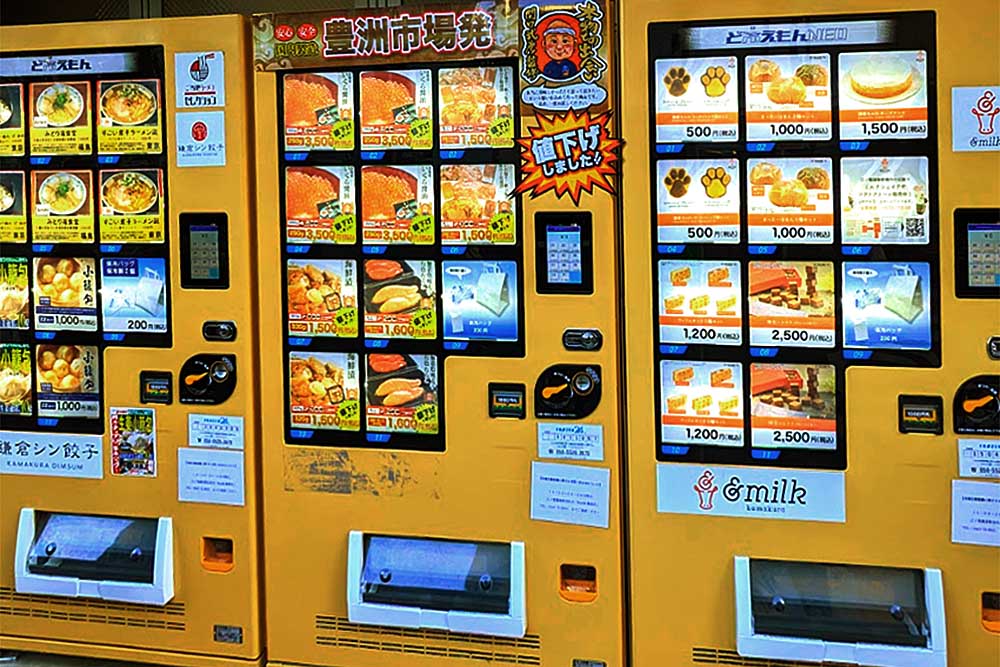
Easy - just insert cash.
At this point, a LOT of people will be offended. Well, suck it up buttercup. The truth hurts. It's part of being an adult. In fact, for millions of people, if not billions, none of the above is possible, or at the most, very difficult.
I could refer to most "difficulties" in life as "First world problems".
You know, not being able to return a $500 coffee maker without the receipt. Or complaining that you can't get a window seat on your flight to Paris for your summer vacation. Or having to wait more than one day for an Amazon delivery.
Those sorts of major difficulties.
As stated above, there are millions, if not billions of people who struggle daily, walking great distances to get water, firewood or food. They have far greater concerns than, "I want to get a summer six pack but don't want to exercise" or "I can only get two bars of reception on my phone".
The inability of western society to tolerate discomfort fuels a massive industry of diet fads, exercise gadgets that guarantee massive weight loss and abs (but don't deliver) plus a mega billion dollar supplement industry which is, in reality, a huge snake oil scam.
All because we're inherently lazy and want something for nothing.
Sure, wanting things easy is understandable. If you were a member of a tribe that relied on hunters to bring home food for the family and your extended tribe, you would love to make life easier. That's how farming started. It's much, much easier to slaughter a sheep from a flock you tend and eat it with bread made from last summer's wheat than it is to go hunt and gather.
Wild animals are the same. For some species, stealing another animal's kill is an art form.
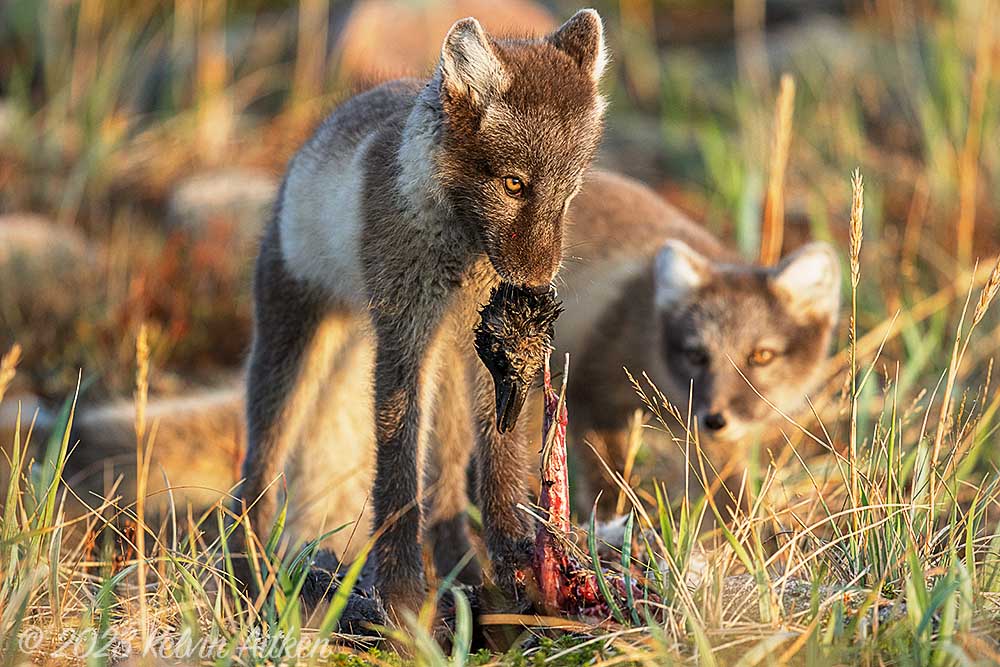
Those who can't hunt, steal
So what's this all got to do with wildlife photography?
If you look back at your first wildlife images, you may be surprised to find that, in reality, you current crop of images are not hugely different. Your first bear photo may be a little out of focus or blurred from the bear's movement or taken with a low quality lens.
But the content and presentation of your subject is pretty much the same.
Why?
Because going beyond basic ID shots of a critter takes effort, planning, dedication, time and pushing your mental limits.
It requires a moderate to high level of discomfort.
You can get some great black bear photos from your car as they wander along the roadside feeding on springtime dandelions or you can get some great duck photos at the local park's duck pond.
But to get images with more visual guts, to improve your photographic content, to move from a simplistic ID shot to an image with depth and insight, you have to get uncomfortable.
How?
1: Get up early.
If you roll out of bed at 8am to take photos during the middle of the day, returning to your cabin, tent, hotel or home in time to sip a cold beer while watching the sun go down, then you'll be missing the most valuable light and the best chance of finding your crepuscular subject.
Sure. It'll be much easier, more comfortable and less painful to not do that, which is why most wildlife photographs you see are boring repetitions of previous efforts.
However, if you get out of bed 2-3 hours before sunrise to be in the field and ready to shoot an hour before sunrise, or be in the field 2 hours before sunset, staying until you can't focus your lens anymore, you're placing yourself in the best possible situation to grow and succeed photographically.
It won't be pleasant. It won't be comfortable.
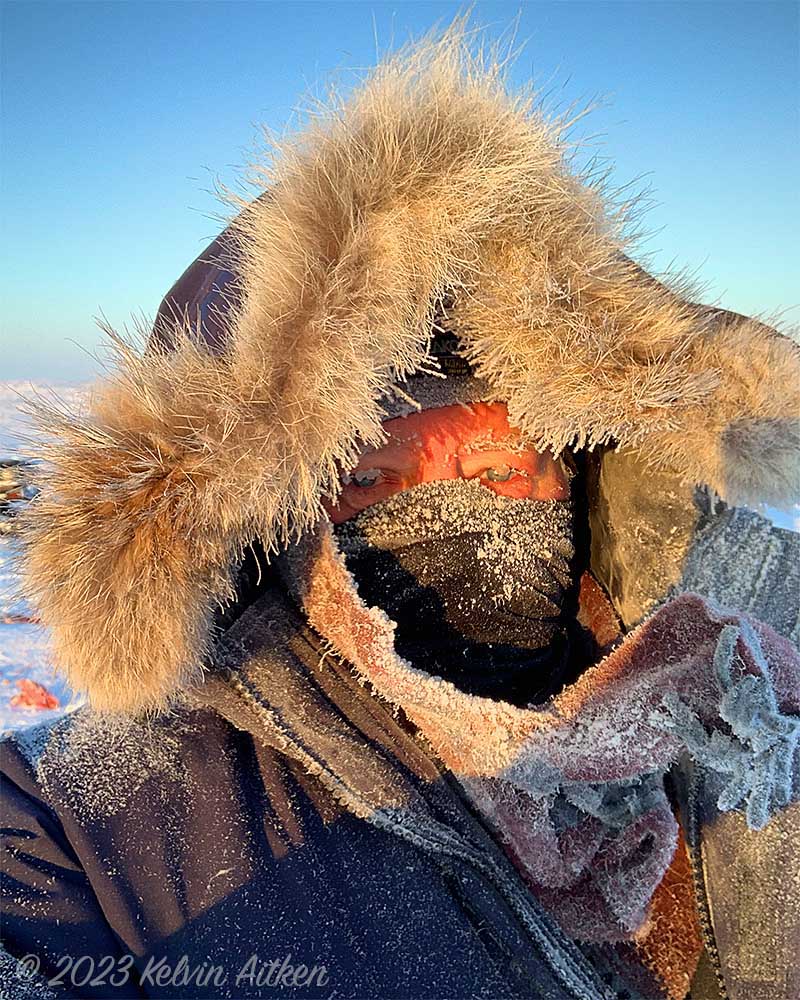
Below -30, everything hurts
In winter you'll experience the great mental struggle that precedes unzipping that toasty warm sleeping bag, fighting to hurry into your clothes before your straining bladder explodes as frozen condensation from inside your tent trickles down your neck.
Or, if you prefer the comforts of home/hotel, you'll still be rolling out of bed while it's dark and cold outside, driving and hiking to your planned location.
It will be pitch dark outside. It will be cold, possibly foggy, maybe windy, possibly snowing or, in warmer climes, raining. It will be far more comfortable to stay in bed until the sun is well up, but you'll miss those special shots - that surreal light.
In summer you'll have to get up at 3 or 4am. You'll be crawling into bed at 10.30-11pm with light still in the sky, ready for a nice 5 hour sleep.
At least you'll have nap time during those horrible hours of harsh light around midday, while the comfort seekers turn up 4-5 hours after you to get their very ordinary shots and/or complain about the lack of animals.
If you're feeling frisky after your midday nap when you still have a few hours of bad harsh light, you can use that time to scout for locations, look for game trails, animal tracks, predator kills, etc.
2: Stay out late.
Instead of pulling up to your tent or hotel or whatever at 6pm for a pre dinner drink then a steak on the bbq, you'll be heading out to be ready for the last hour of sunlight, and beyond until your auto focus refuses to work.
My summer schedule is, assuming that I'm camping close to where I will be shooting, is to be up at 3-3.30am, in position by 3.30-4ish, then working at it until 9am, maybe 10 if the light is soft/haze/overcast and the critter in question is still active.
The middle of the day is spent finding new areas to work and catching up on sleep.
The second photo session starts around 6 or 7pm and goes through to about 9.30-10pm.
Then it's a frantic 45min to an hour of eating, gear prep for the next day, teeth brushing and getting into bed.
Rinse and repeat.
After a few days you'll start to ask, "Who's stupid idea was this".
But you at last have decent light and, with time and persistence, you start to get great results.
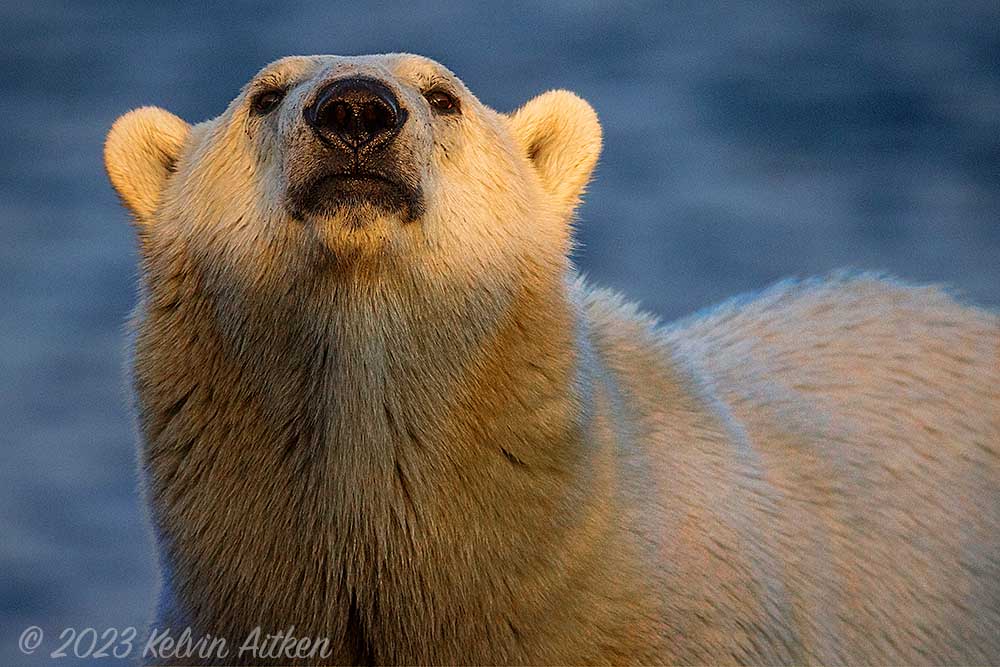
That special light
3: Take control.
When you're out on your own, the only person standing between you and great light with a higher probability of animal encounters is you and your self discipline. All you need to do to succeed is to take control.
But that can cause a problem when you're in a group.
I have been on trips where the group never gets going until well after a hearty breakfast and some faffing about, meaning mid morning light at best. I have been on trips where the consensus is to be active between mid morning and late afternoon, probably because that's what everyone has done for their entire photographic life.
I guess you can't blame people. Most "photographers" are not serious photographers at all, but just people on vacation with some cool camera equipment. They want to sleep in, get back early and enjoy some pre dinner drinks, which is fine for them.
But if you're serious about your photography, you need to research to find groups who are like minded.
Expedition type trips will start at around $10,000 and go up from there, the more remote and comfortable the higher the price. You can drop $20k on a trip without trying hard at all.
So if you're forking out megabucks to get pics of arctic wolves hunting musk ox, you better be sure that the guides and the guests are like minded. You need to check the parameters and get a group concensus on how things will be done well before you fork out your deposit.
It's also important to make sure that the outfitter/guides have one single focused purpose: to have you get your shots.
I've had guides cut short a photo session so they can get home early to sort some private issue, to drive away from animals as they "don't want to get back too late" or they want to "get back before it gets dark". I've had guides bring along non paying friends or relatives, drop entire days so they can go sort some non trip issue, run a trip so that they get their own shots to your detriment, drive away from encounters because they want something different and, in extreme situations, actively try to stop me from getting shots due to their own photographic agenda.
To be clear, the exclusive purpose of your guide/outfitter is to ensure that you get your shots in a manner that's safe for you as well as the animal/subject.
To be fair, most of the time those are not issues. But the point here is to take control, find out or make very clear what you expect for your time and money, or at least find out if your expectations are realistic.
If you communicate what you would like and compare that to what you'll get, then you can make a decison on whether you do the trip or opt out. It's too late to complain about those basics when you're up a mountain in Tibet or on a coral cay in the central pacific.
5: Self Discipline.
The reality of wildlife photography is that it's not easy. There's the discomfort of sitting still, not moving, not talking, being hot or cold or battling mosquitos or horse flies or ticks or other pests. Not being able to stand up and stretch or walk about, keeping constant tabs on your equipment and hoping that it all comes together for that one brief 1/1000th of a second.
Is it worth it?
Definitely.
Applying self discipline to optimise your chances will have you seeing progress immediately.
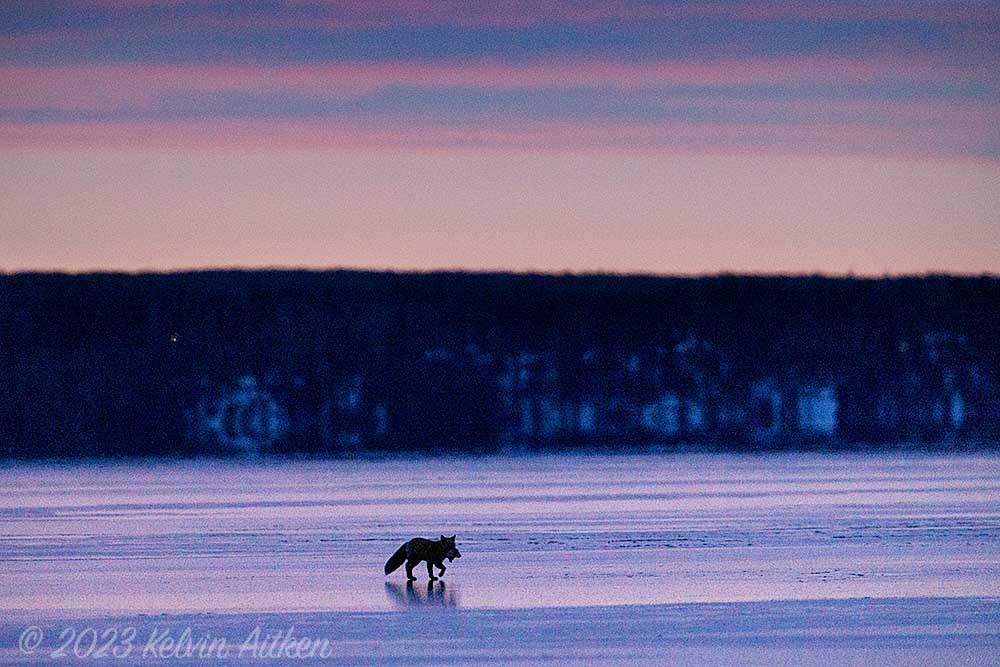
Fox with grouse before winter sunrise
All that time sitting, waiting, watching and listening is not wasted. Your image quality will be greatly improved. Your connection to the natural world will become stronger. Your understanding of animal behaviour will grow deeper. Your opportunities to find animals will increase.
You will, in the words of Sylvain Tesson, enjoy the rewards of "the twin exercise of attention and patience".* You know, the two qualities without which your images will be a constant repetition of the mundane average.
So forget all those videos about which camera is best, which lens you should use, what updates/upgrades you MUST have, gear comparisons, mundane "wildlife" videos which are just ads for lenses that the photographer only burrowed from Nikon or Canon or Sony. None of that is relevant to results.
Get physically uncomfortable. Get up at 2-3 hours before sunrise, stay until well after sunset, do what you have to do to be in position when the light is at its best.
Then once you're set, do the big 6:
Put your phone away.
Shut up.
Look.
Listen.
Don't move.
Keep your gear ready for immediate response.
It's uncomfortable but you won't die. You'll get shots with light you never had before. You'll break through from ordinary and shallow to unique and profound. When you put up that special shot of an animal in spectacular light, all those discomforts will be forgotten.
Others may not want to lie in the mud to get low, stay out in the rain, endure extreme cold, sit still and silent for hours at a time, be hungry or uncomfortable. But then they won't have the shots either.
Muhammad Ali said, “I hated every minute of training, but I said, 'Don't quit. Suffer now and live the rest of your life as a champion.'”
When people said to Arnold Schwarzenegger, "We never want to look like you", Arnold replied, "Don't worry, you never will".
Put in the effort. Reap the rewards.
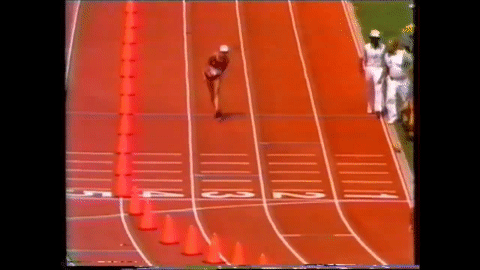
Ready when you are
*Sylvain Tesson (2021): The Art of Patience
